Onboarding with Distrabute – a Q&A with Managing Director Brad Williams
We understand that many e-commerce businesses are keen to partner with a third-party logistics provider, but they often find the onboarding process daunting. That’s why we have rounded up our Managing Director Brad Williams’ key thoughts in the most often perceived pain points.
Q: Could you walk us through the steps involved in onboarding with Distrabute and how you ensure it's a seamless experience for new clients?
Brad Williams: Of course, we've designed it to be as straightforward and stress-free as possible for our clients. The initial contact is a crucial first step. When you first contact us, our team immediately sets up a consultation. During this consultation, we take the time to understand your specific needs, requirements, and objectives. We gather information about your products, anticipated volume, shipping destinations, and any unique challenges you may face. This helps us tailor our solutions to your exact needs.
Q: What happens next, after the initial consultation?
Brad Williams: After the consultation, we provide you with a detailed proposal. This proposal outlines our tailored solutions, pricing structure, and the expected timeline for implementation. It's important for us to be transparent about costs and expectations from the very beginning.
Q: Once a client decides to move forward, what's the next step in the onboarding process?
Brad Williams: Once you accept our proposal, we move on to the onboarding phase. This is where we begin to integrate your systems with ours. We work closely with your IT department to ensure a smooth transition. This includes setting up data exchange protocols, integrating your e-commerce platform with our systems, and configuring inventory management tools.
Q: How do you ensure that this complex process goes smoothly?
Brad Williams: We are experienced in handling these integrations. We follow a well-defined onboarding playbook that has been refined over the years, ensuring that no detail is overlooked. Regular communication with your team and frequent progress updates helps us identify and address any issues promptly.
Q: What happens after the technical integration is complete?
Brad Williams: Once the technical integration is successfully completed, we move on to the operational setup. This includes configuring your inventory in our warehouse, setting up picking and packing processes, and establishing shipping and delivery protocols.
Q: How long does this entire onboarding process typically take?
Brad Williams: The duration of the onboarding process can vary depending on the complexity of the client's requirements. However, on average, it takes between 4 to 6 weeks from the initial consultation to full implementation.
Q: What measures do you have in place to ensure that everything runs smoothly once a client is fully onboarded?
Brad Williams: We understand that ongoing support is crucial for our clients. That’s we why remain actively engaged, monitoring operations and performance. We conduct regular reviews to ensure that our service meets or exceeds expectations. If any issues arise, we address them promptly to minimise disruptions.
Q: Lastly, what advice would you give to e-commerce businesses looking to partner with a third-party logistics provider like your company?
Brad Williams: My advice would be to thoroughly research and vet potential partners. Look for a provider with a proven track record, experienced in serving businesses like yours. Don't hesitate to ask questions during the initial consultation and be clear about your expectations and requirements. A successful partnership begins with open and honest communication.
To find out more, get in touch to organise a free chat with our team. We look forward to hearing from you.

